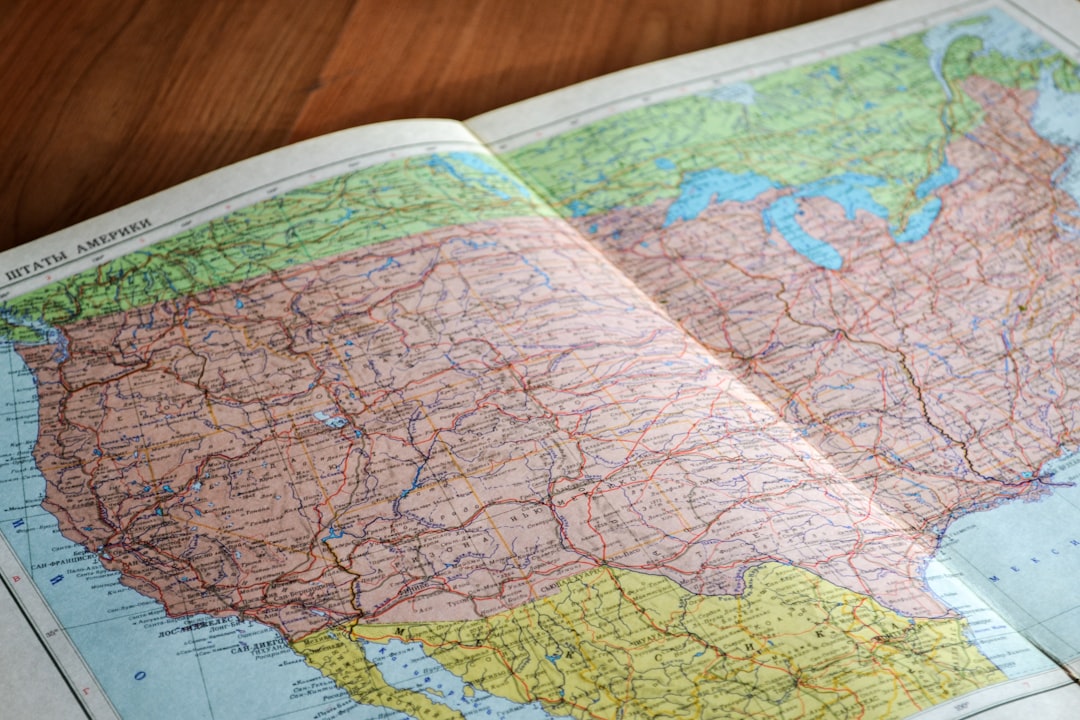What is it about?
Citizen science involves regular people helping with scientific research. Citizen science studies on species distribution are increasing, but there are gaps in what species and regions are being studied, with birds and mammals being the focus. To improve the accuracy of these studies, combining multiple data sources and traditional knowledge is recommended by researchers.
Featured Image

Photo by Kayla Farmer on Unsplash
Why is it important?
Citizen science is growing in a speed rate making substantial contributions to wildlife ecology and this trend will probably continue. However, we found two trends that should be corrected in order to optimize and better cover a wide range of taxonomic diversity: a) Western Europe and North America were the regions with the most coverage; and b) papers on birds and mammals outnumbered other taxa. The huge potential of citizen science can be maximized only if its value is recognized in a broad geographic and taxonomic coverage and data are analyzed rigorously.
Perspectives
After my doctoral exam, I decided to go further and write this article: a mixture of hard work and satisfaction. The implications of this article are still ongoing and sparked more ideas around citizen science that I am working on.
Mariano Feldman
Universite du Quebec en Abitibi Temiscamingue
Read the Original
This page is a summary of: Trends and gaps in the use of citizen science derived data as input for species distribution models: A quantitative review, PLoS ONE, March 2021, PLOS,
DOI: 10.1371/journal.pone.0234587.
You can read the full text:
Resources
Contributors
The following have contributed to this page










